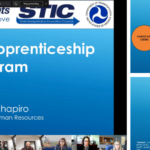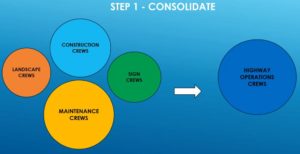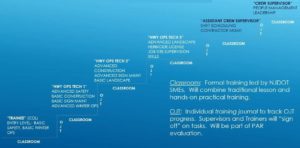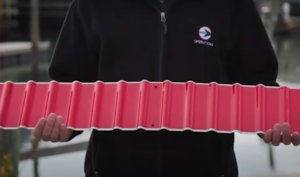The NJDOT Knowledge Management Toolbox offers examples of several knowledge sharing practices that have been, or could be, adopted by agency units to retain knowledge in a unit in the face of illness, retirements or transfers to other units at NJDOT.
At the NJ STIC 2nd Quarter meeting, held on June 16, 2021, Michele Shapiro, Director, NJDOT Human Resources, presented on the Operations Apprenticeship Program as it relates to Strategic Workforce Development, an FHWA EDC-6 initiative. Ms. Shapiro retired from NJDOT in 2021 and her presentation serves as a Last Lecture, a knowledge sharing strategy that provides insight on a particular topic from an individual leaving an agency.
The Operations Apprenticeship Program began in 2014 as a way to provide consistent training and job skills among crew members in Highway Operations, and to establish a path to advancement for workers. The program was the brainchild of Andrew Tunnard, Asst. Commissioner, Transportation Operations Systems and Support. Ms. Shapiro worked with Mr. Tunnard to move away from a structure of specialty crews and have all employees trained to do all types of work required. They developed a job title structure and staffing profile for each crew, and identified a training team of Subject Matter Experts within Operations who designed curriculum for both on-the-job and classroom training. Entry-level positions in this program do not require specific education or skill sets. When individuals have proven competency on particular tasks, they are then eligible to apply to the next level. Employees can choose to stop their advancement at any point.
Human Resources worked with the NJ Civil Service Commission to allow hiring into entry-level trainee positions and advancement to Highway Operations Technician 1 (HOT 1) without a Civil Service Exam. Within this program, advancement to the HOT 2 level is dependent on a unique Civil Service-approved practical test to be administered by the DOT training team and NJDOT Human Resources staff. Ms. Shapiro offered a number of lessons learned from this ongoing initiative that Human Resources is applying to future efforts. They have received approval for an apprentice title for construction inspectors and will be developing training, and are working on training for the Engineering Technician program to ensure continual growth for these employees within the agency.
Ms. Shapiro’s video presentation is available here:
RESOURCES
Knowledge Management Toolbox, Last Lecture. NJDOT Technology Transfer. Website. Retrieved at: https://www.njdottechtransfer.net/wp-content/uploads/2021/06/STIC-Q2-Feature-Presentation-Operations-Apprenticeship-Program.pdf








